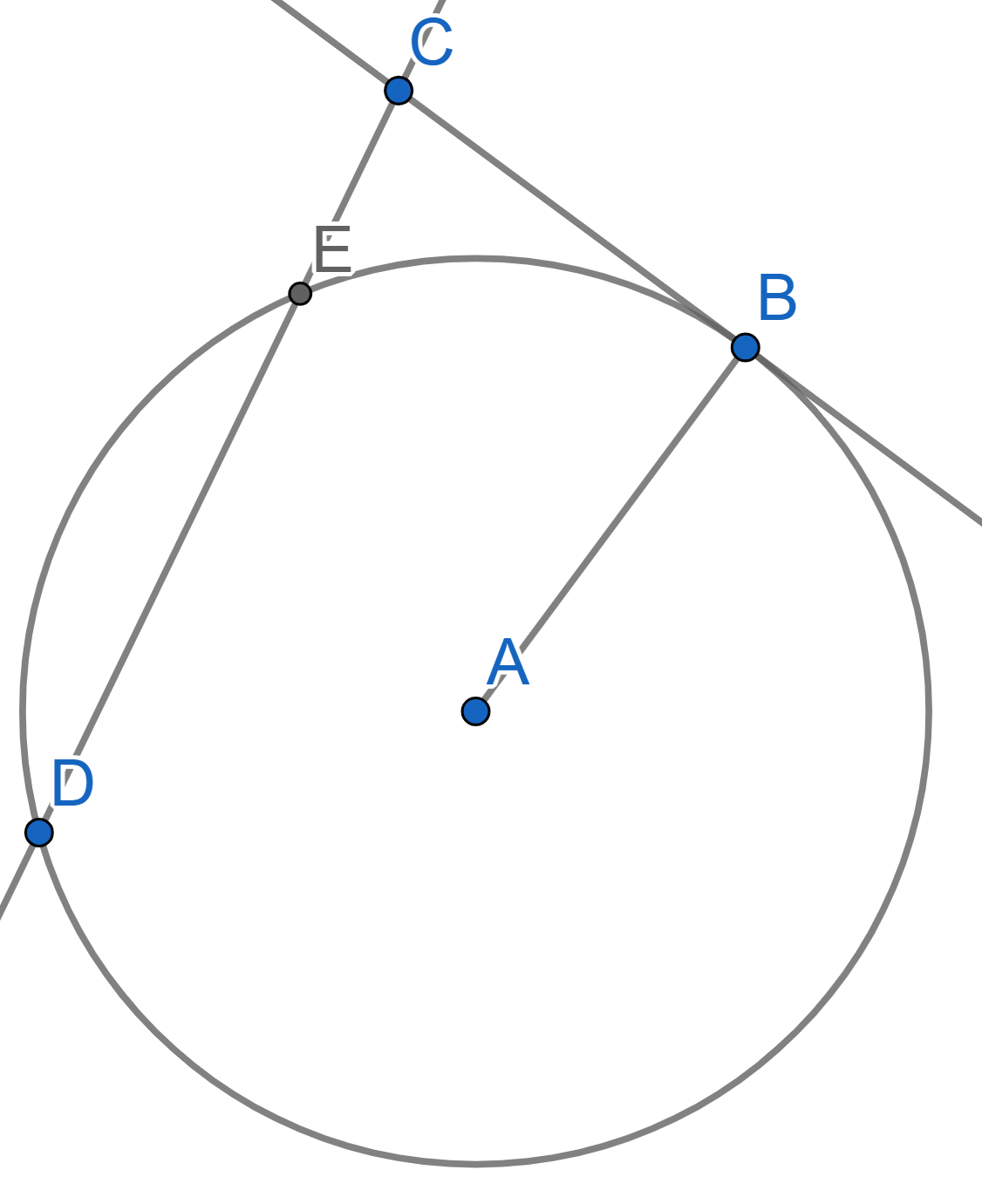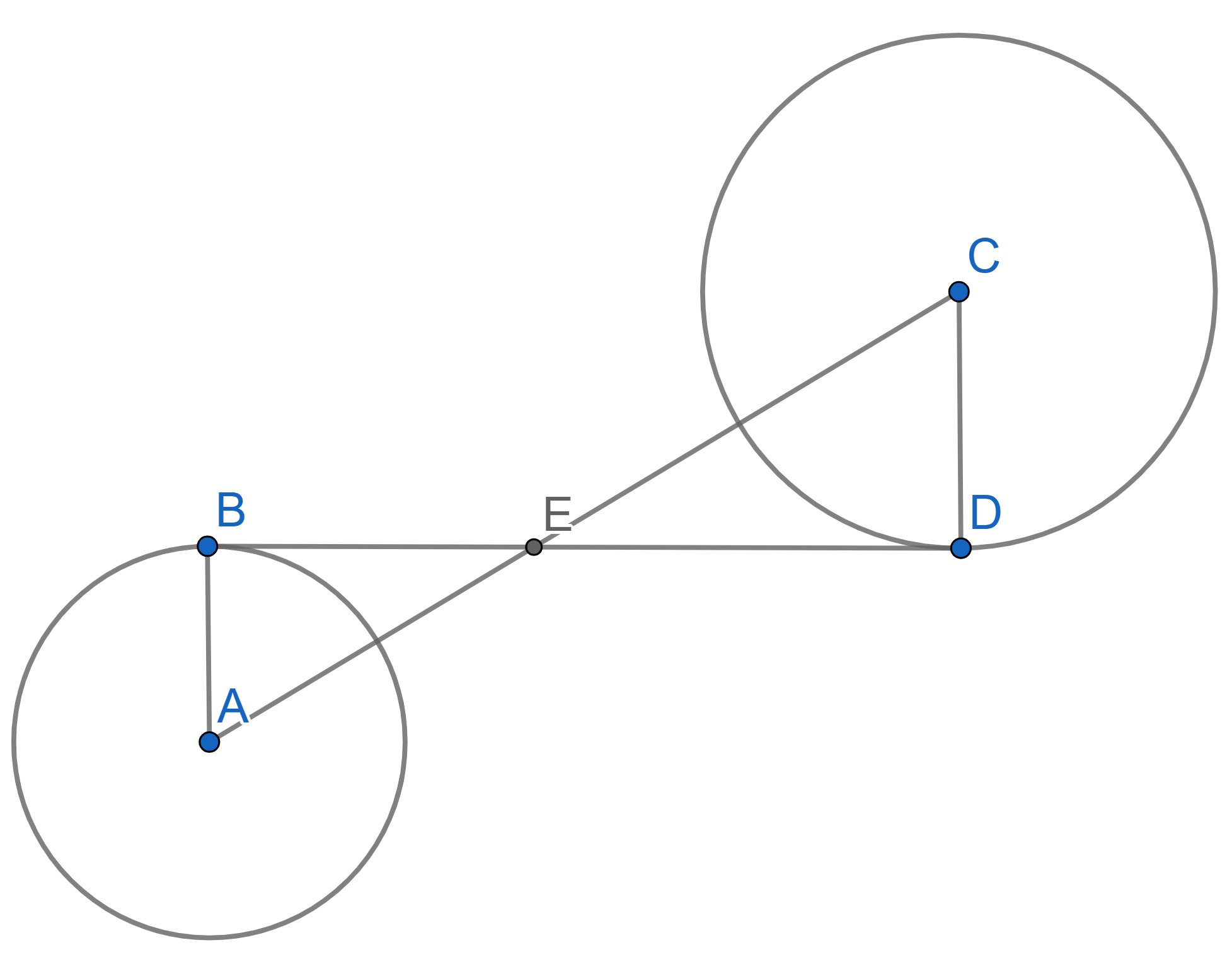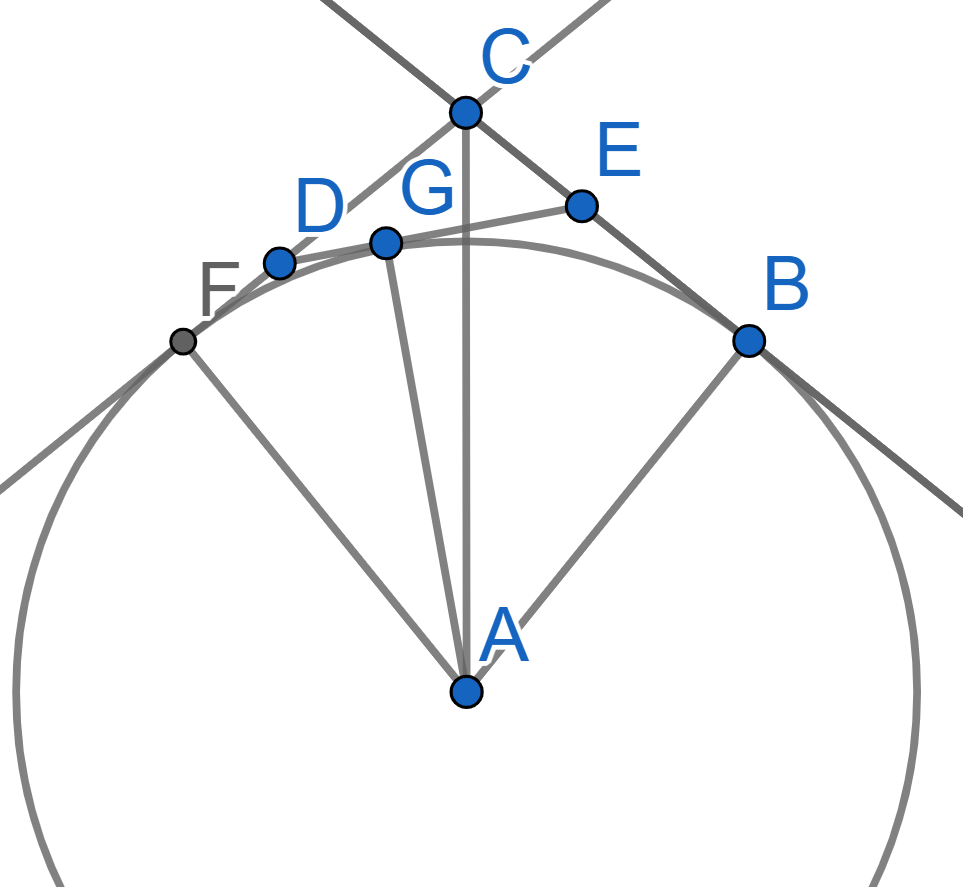Problems
The king decided to reward a group of \(n\) wise men. They will be placed in a row
one after the other (so that everyone is looking in the same direction),
and each is going to wear a black or a white hat. Everyone will see the
hats of everyone in front, but not those behind them. The wise men will
take turns (from the last to the first) to name the color (white or
black) and the natural number of their choice.
At the end, the number of sages who have named the color of their hat
correctly is counted: that is exactly how many days the whole group will
be paid a salary raise. The wise men were allowed to agree in advance on
how to respond. At the same time, the wise men know that exactly \(k\) of them are insane (they do not know
who exactly). Any insane man names the color white or black, regardless
of the agreement. What is the maximum number of days with a pay
supplement that the wise men can guarantee to a group, regardless of the
location of the insane in the queue?
A whole number of litres of water were poured into three vessels. You can only to pour into any vessel the exact amount of water equal to the amount it already contains from any other vessel. Prove that in a few transfusions one can empty one of the vessels. The vessels are large enough: each can hold all the water.
Roman numerals are a numeral system that originated in ancient Rome and remained the usual way of writing numbers throughout Europe well into the Late Middle Ages. Numbers are written as combinations of letters from the Latin alphabet, each letter with a fixed integer value:
I&V&X&L&C&D&M
1&5&10&50&100&500&1000
For example the first \(12\) numbers in Roman Numerals are written as: \(I,\,II,\, III,\, IV,\, V,\, VI,\, VII,\, VIII,\, IX,\, X,\, XI,\, XII\), where the notations \(IV\) and \(IX\) can be read as "one less than five" and "one less than ten" correspondingly. A number containing two or more decimal digits is built by appending the Roman numeral equivalent for each digit, from highest to lowest, as in the following examples: the current year \(2024\) as \(MMXXIV\), number \(17\) as \(XVII\) and number \(42\) as \(XLII\) or \(XXXXII\). Let’s see how to multiply Roman numerals by multiplying \(17\) and \(42\).
Write down in Roman numerals the numbers \(14\) and \(61\) and multiply them as Roman numerals.
Detective Nero Wolf investigates a crime. He’s got \(80\) people involved in the case, among whom one is a criminal and another is a witness to the crime (but it is not known who either of them are). Each day the detective may invite one or more of these \(80\) people, and if there is a witness among those invited, but not the perpetrator, the witness will report who the perpetrator is. Can the detective solve a case in \(12\) days?
A set includes weights weighing \(1\) gram, \(2\) grams, \(4\) grams, ... (all powers of the number \(2\)), and in the set some of the weights might be the same. Weights were placed on two cups of the scales so that the scales are in balance. It is known that on the left cup, all weights are different. Prove that there are as many weights on the right cup as there are on the left.
Generally, when a line intersects a circle, it creates two different
points of intersection. However, sometimes there is only one point. In
such case we say the line is tangent to the circle. For
example on the picture below the line \(CD\) intersects the circle at two points
\(D\) and \(E\) and the line \(CB\) is tangent to the circle. To solve the
problems today we will need the following theorem.
Theorem: The radius \(AB\) is perpendicular to the tangent line
\(BC\).

Two lines \(CD\) and \(CB\) are tangent to a circle with the center \(A\) and radius \(R\), see the picture. The angle \(\angle BCD\) equals \(120^{\circ}\). Find the length of \(BD\) in terms of \(R\).
Given two circles, one has centre \(A\) and radius \(r\), another has centre \(C\) and radius \(R\). Both circles are tangent to a line at the points \(B\) and \(D\) respectively and the angles \(\angle CED = \angle AEB = 30^{\circ}\). Find the length of \(AC\) in terms of \(r\) and \(R\).

Consider a triangle \(CDE\). The lines \(CD\), \(DE\), and \(CE\) are tangent to a circle with centre \(A\) at the points \(F,G\), and \(B\) respectively. We also have that the angle \(\angle DCE = 120^{\circ}\). Prove that the length of the segment \(AC\) equals the perimeter of the triangle \(CDE\).
